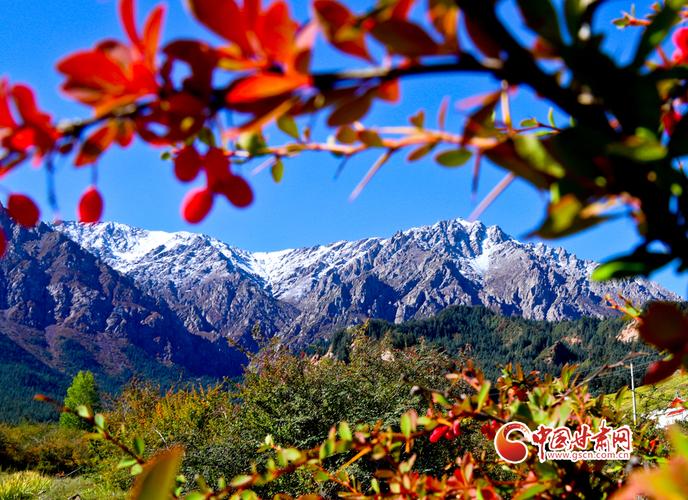Exploring the Vibrant Art Scene of Cuba’s Culture
Cuba is known for several things, including its beautiful beaches, tasty cuisine, rich history, and lively music. But what many people do not know is that Cuba has a vibrant art scene. Cuba’s art scene is diverse and includes painting, sculpture, photography, ceramics, and more.
The Historical Background of Cuba’s Art Scene
Cuba’s art scene has a rich history that dates back to the early 20th century. The 1920s marked the beginning of Cuban modernism, a period characterized by the fusion of European avant-garde art movements with traditional African and Latin American artistic expressions. Cuban modernism’s most prominent figures were Wilfredo Lam and Amelia Pelaez, whose work exemplified the period’s emphasis on creating a unique Cuban identity through art.
In the 1960s, Cuba’s art scene experienced a significant shift when the government nationalized the country’s art institutions. This led to the establishment of cultural programs that provided artists with the opportunity to create and showcase their work. The result was the emergence of a new wave of art that focused on the intersection between politics, social justice, and identity.
The Diversity of Cuba’s Art Scene
Cuba’s art scene is diverse, with different art forms and styles influenced by the country’s multicultural heritage. For example, the art scene in Havana is heavily influenced by African, Spanish, and American cultures. On the other hand, the art scene in Santiago is influenced by its connection to the Caribbean region.
One of Cuba’s most well-known artists is Roberto Fabelo, a painter, sculptor, and printmaker whose work is characterized by its surrealism and fantastical imagery. Another Cuban artist is Kcho, whose work focuses on the intersection between art and social commentary. Kcho’s installations, sculptures, and paintings have been exhibited all over the world, including at the Venice Biennale and the Museum of Modern Art in New York.
The impact of Cuba’s art scene on the international stage
Cuba’s art scene has gained international recognition in recent years, with Cuban artists exhibiting their work all over the world. The international art community has recognized the unique quality of Cuban art, influenced by the island’s complex history and its cultural heritage.
Museums such as the Museum of Fine Arts in Havana and the National Museum of Fine Arts of Cuba have contributed significantly to the dissemination and promotion of Cuban art in other countries. In addition, the Havana Biennial, which takes place every two years, has become one of the most important art events in Latin America. The biennial draws artists and curators from all over the world, making it an essential platform for raising the profile of Cuban art.
Conclusion
Cuba’s art scene is a fascinating and vibrant one that should be explored by anyone interested in art and culture. From the early days of modernism to the political and social commentary of contemporary art, Cuba’s art scene reflects the country’s diverse and complex cultural heritage. Its influence extends far beyond the island, making it an essential part of the international art scene. As such, it is worth taking the time to immerse oneself in the various forms and styles of Cuban art to gain an appreciation of this rich and multifaceted culture.
(Note: Do you have knowledge or insights to share? Unlock new opportunities and expand your reach by joining our authors team. Click Registration to join us and share your expertise with our readers.)
